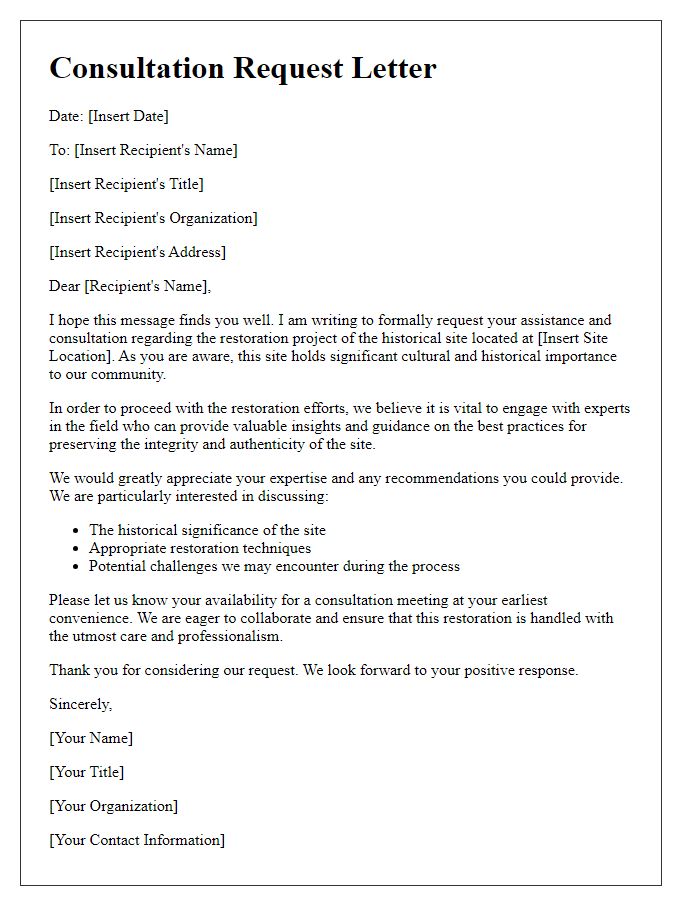Are you the proud owner of a historic property in need of some tender loving care? Restoring such a treasure can seem daunting, but with the right guidance, you can breathe new life into its timeless charm. From understanding the importance of preserving original features to selecting appropriate materials, every step matters in maintaining its historical integrity. Dive into our article for expert tips and insights on how to navigate the restoration process seamlessly!

Property Analysis and Historical Significance
Historic property restoration requires a meticulous approach to preserve architectural integrity and cultural heritage. A thorough property analysis should commence with detailed assessments of key elements such as original materials, construction techniques, and historical style, exemplified by Victorian or Colonial architecture. Evaluating the property's historical significance involves researching its past occupants and events, potentially linking it to notable figures or local history, which enhances its value in community narratives. Employing preservation guidelines from authorities like the National Park Service can provide crucial frameworks and best practices, ensuring compliance with local regulations and fostering public appreciation of the property's legacy. Local resources, including historic societies and preservation organizations, can also offer expertise and support during the restoration process.
Restoration Methods and Materials
Restoration of historic properties requires meticulous attention to detail and adherence to authentic methods, ensuring preservation of original craftsmanship. Common restoration techniques include traditional lime mortar application, which allows for breathability and moisture regulation, crucial in preventing structural damage in older buildings. Use of reclaimed materials, such as period-appropriate wood or brick sourced from local salvage yards, is essential in maintaining architectural integrity. Techniques like hand-drafting or using replica moldings or fittings ensures design accuracy reflective of the property's era, whether it be Victorian, Georgian, or Colonial. Specialized paints, such as casein or milk-based options, must be considered for their compatibility with historic substrates and their environmental benefits, while minimizing risks of damaging the original materials. The importance of consulting preservation guidelines from organizations like the National Trust for Historic Preservation cannot be overstated; these resources provide invaluable expertise to navigate local building regulations and restoration best practices.
Compliance with Preservation Guidelines
Historic property restoration projects require strict adherence to preservation guidelines established by organizations such as the National Park Service (NPS) or local historic preservation societies. Compliance ensures that original architectural features, defined by their historical significance and craftsmanship, are preserved and legally protected. Key considerations include the use of historically accurate materials, such as period-appropriate wood or masonry, ensuring that any repairs are reversible, and maintaining the building's integrity, which is often dictated by zoning laws or landmark designations. Additionally, consulting with experts in historical architecture can provide invaluable insights into restoration techniques and best practices that respect the property's heritage while meeting modern standards. These guidelines not only safeguard the property's value but also contribute to the cultural fabric and identity of the community in which the historic building exists.
Environmental and Sustainability Considerations
Historic property restoration involves crucial environmental and sustainability considerations to preserve cultural heritage while minimizing ecological impact. Utilizing reclaimed materials, such as salvaged wood from dismantled buildings, reduces waste and lowers carbon footprint. Incorporating energy-efficient systems, like solar panels from manufacturers such as Tesla or LG, can enhance energy performance without compromising historical integrity. It is essential to employ local artisans and craftsmen skilled in traditional techniques to maintain authenticity and support the local economy. Researching tax incentives and grants available for historic preservation projects, such as those from the National Park Service or state historic preservation offices, can provide financial assistance while encouraging sustainable practices. Implementing rainwater harvesting systems can promote water conservation, crucial in areas facing drought, while native landscaping can enhance biodiversity and reduce maintenance needs.
Funding and Tax Incentive Opportunities
Historic property restoration can be significantly impacted by various funding and tax incentive opportunities available to property owners. Grants from organizations such as the National Trust for Historic Preservation often provide financial support, covering a percentage of restoration costs up to $150,000. Tax credits, such as the Federal Historic Preservation Tax Incentives Program, allow eligible property owners to claim up to 20% of qualified rehabilitation expenditures for income-producing properties, encouraging investment in historical sites. Local and state governments may also offer grants, low-interest loans, or property tax abatements, promoting the preservation of century-old properties. Engaging with a local historical society or preservation commission can uncover additional resources and programs tailored to specific regional needs, ultimately facilitating a successful restoration project that honors the structure's historical significance.
Letter Template For Historic Property Restoration Advice Samples
Letter template of consultation inquiry for heritage building renovation

Letter template of advice sought for maintaining historical architecture

Letter template of request for expert opinion on vintage property refurbishment

Letter template of inquiry for tips on conserving traditional structures










Comments